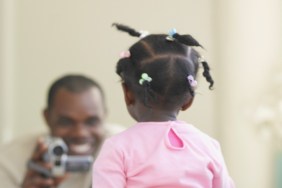Have you been wondering if your child needs speech therapy? We sought answers from Jessica Wilbur, MA, CCC-SLP, a speech-language pathologist who specializes in pediatric speech and language at Waldo County Hospital in Belfast, Maine. Here’s everything you need to know about speech therapy for toddlers, speech delay, and language development.








